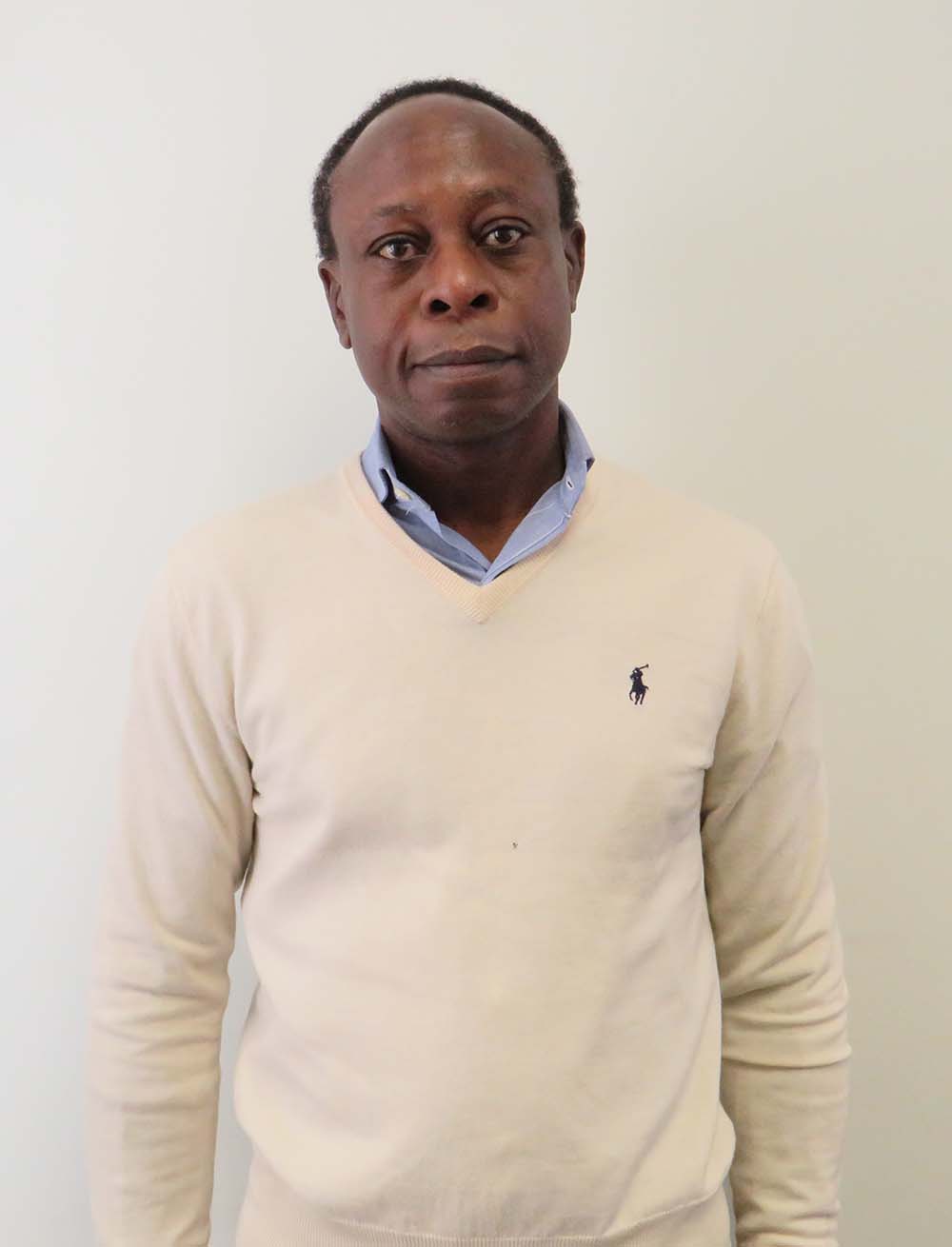Professor José Ghislain Quenum
Name: Professor José Ghislain Quenum
Department: Computer Science
Biography: Professor José G. Quenum received a PhD degree in Computer Science from the University Pierre and Maris Curie (Paris, France) in 2005, an MSc degree in Computer Science from Paris Dauphine University (Paris, France) in 2002 and a BSc degree in Computer Science from the National University of Benin (Cotonou, Benin) in 1996. His research interests include multi-agent coordination, distributed systems, and artificial intelligence. He worked at various research institutes and universities, including the National Institute of Informatics (NII) in Tokyo, Japan; Makerere University in Kampala, Uganda; Hamburg University, Hamburg, Germany; University of the Witwatersrand, Johannesburg, South Africa.
Professor José G. Quenum received a PhD degree in Computer Science from the University Pierre and Maris Curie (Paris, France) in 2005, an MSc degree in Computer Science from Paris Dauphine University (Paris, France) in 2002 and a BSc degree in Computer Science from the National University of Benin (Cotonou, Benin) in 1996. His research interests include multi-agent coordination, distributed systems, and artificial intelligence. He worked at various research institutes and universities, including the National Institute of Informatics (NII) in Tokyo, Japan; Makerere University in Kampala, Uganda; Hamburg University, Hamburg, Germany; University of the Witwatersrand, Johannesburg, South Africa.
His research contributions focused on coordination issues in multi-agent systems, where he developed static and dynamic solutions. In the static version, agents analyse the protocols at their disposal and decide which one to use for a complex task. In the dynamic approach, less information is disclosed. Agents then have to make decisions independently and adjust or correct them based on the sequence of messages exchanged. The growth of electronic commerce propelled service-oriented computing as an area of interest, focusing on service selection and composition. He re-adapted the approaches developed earlier to design and deploy protocols and introduced protocol composition.
Later, introduced an approach based on executable specifications to address the problem of program correctness in related applications. Similarly, developed velo, a language that helps deploy complex service-based applications into containers and orchestrators. He also introduced an approach based on hierarchical planning and using serverless to help break down a complex task into smaller granularity ones and select the serverless using a constraint satisfaction solver. In the context of smart infrastructure. He developed TaYo, a peer-to-peer storage engine for schemaless immutable data. In addition, he introduced a message oriented (MoM) middleware as a message-passing mechanism using a network of IoT devices as brokers. Finally, he introduced a cooperative virtual machine placement that uses automated negotiation, coalition formation and bin packing to allow several hypervisors to share hardware resources.

